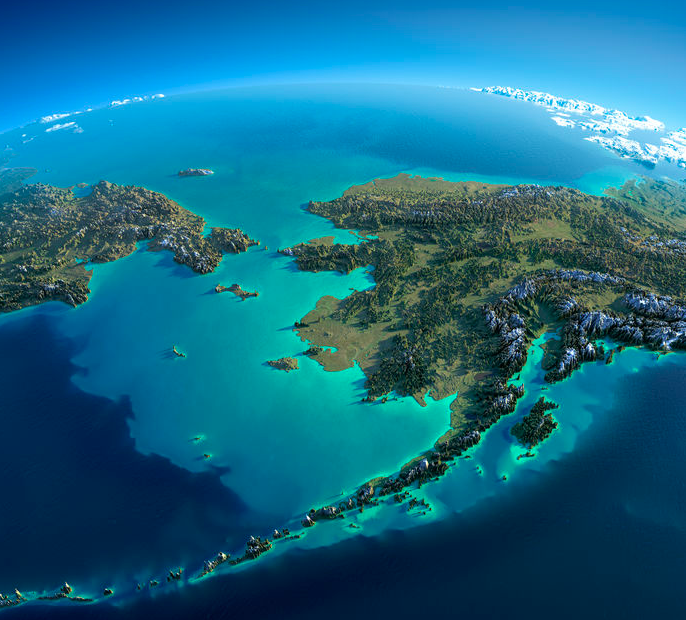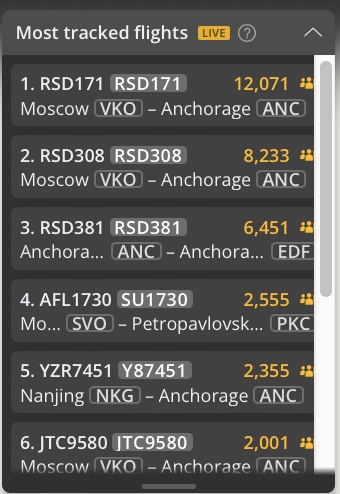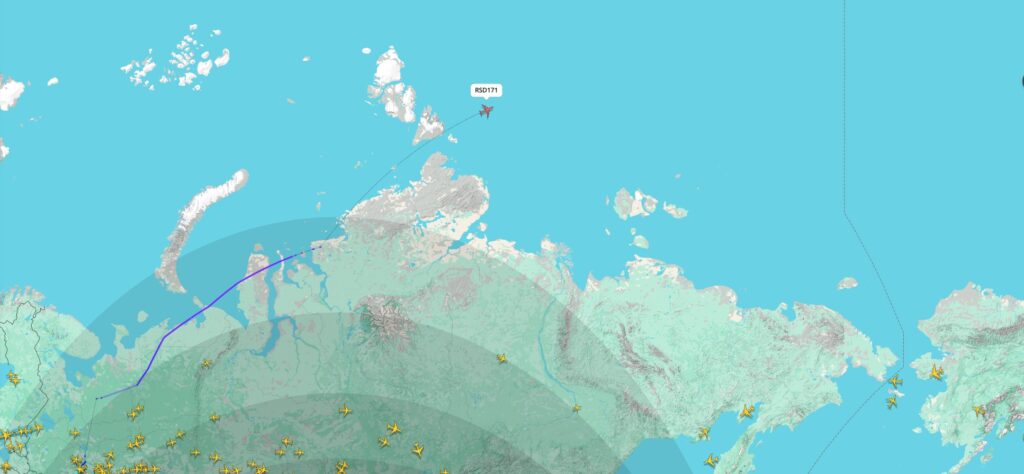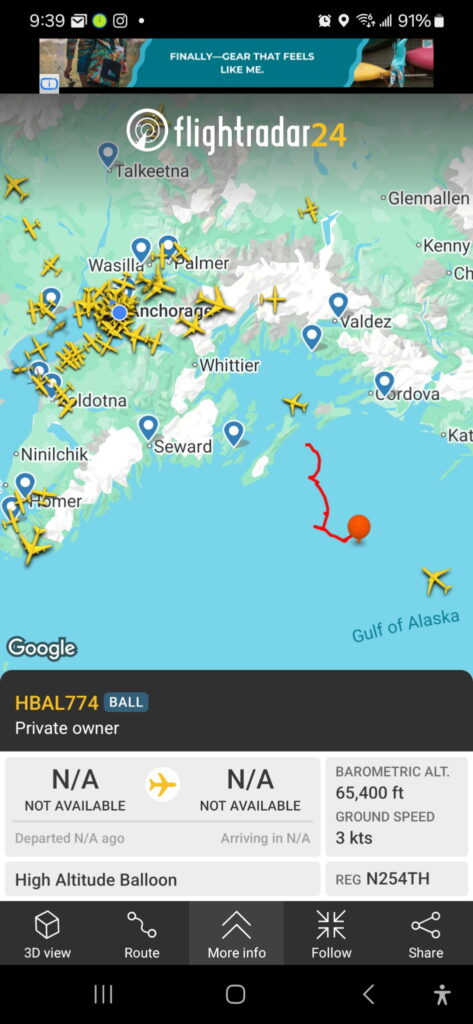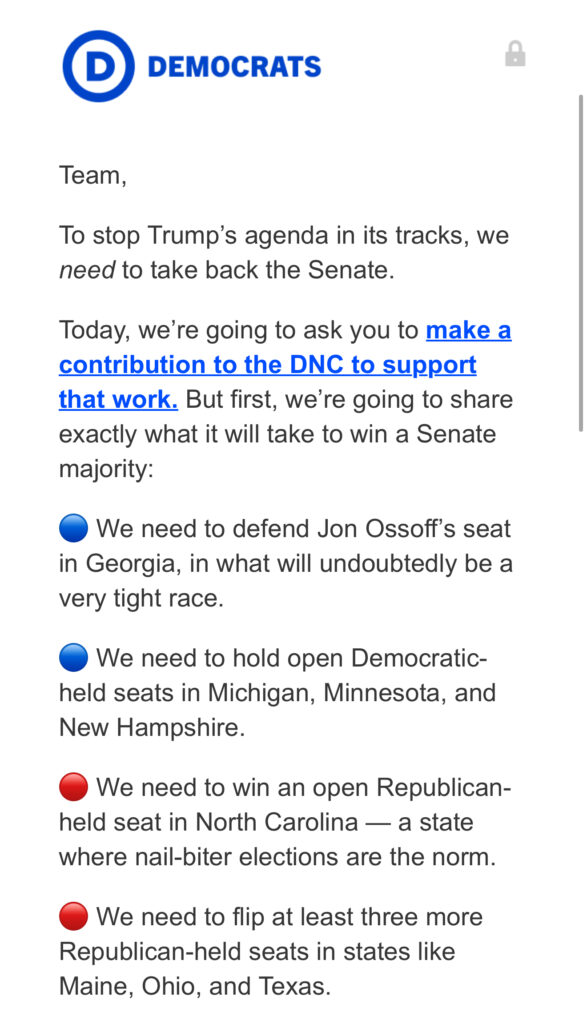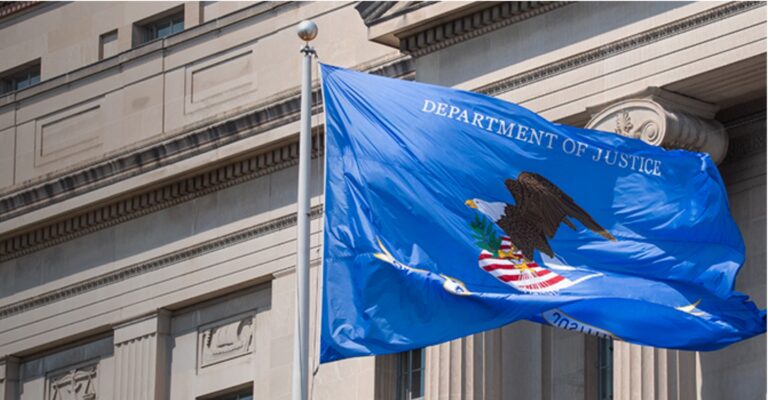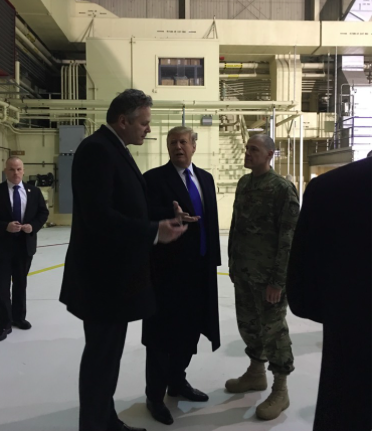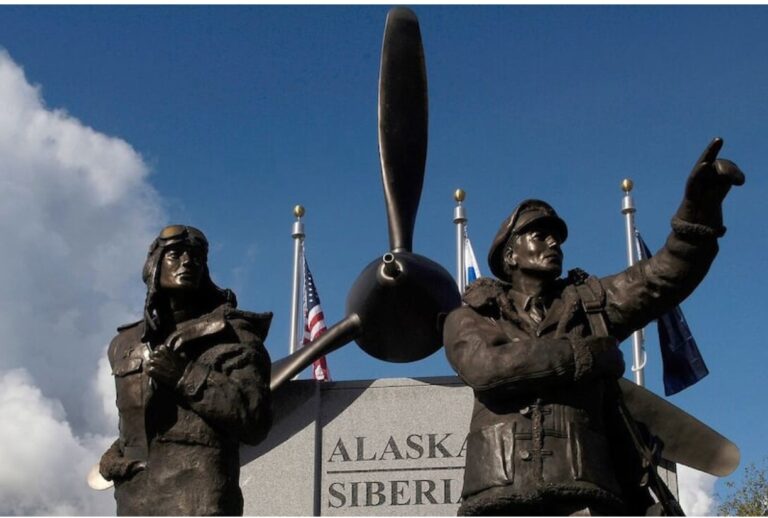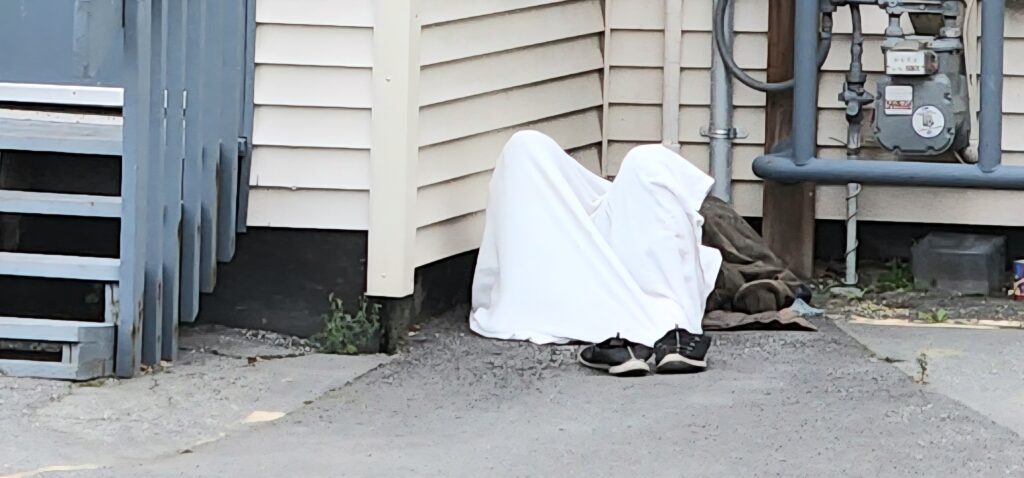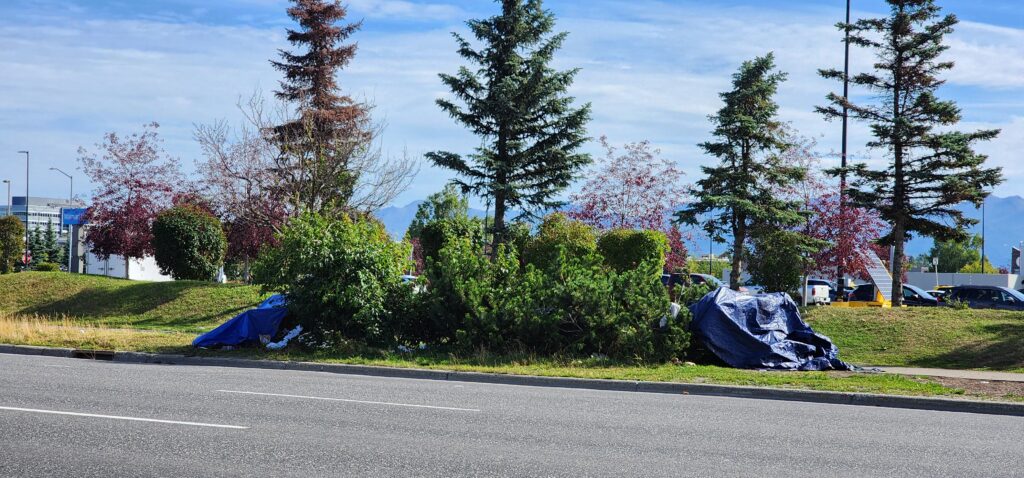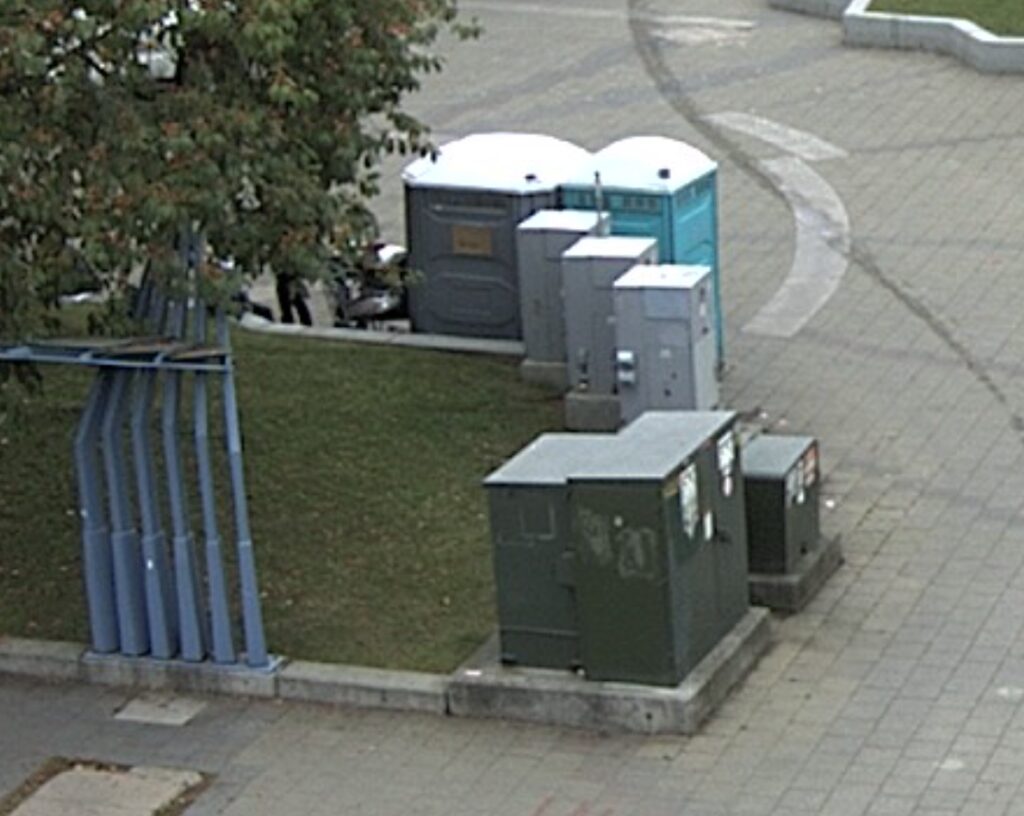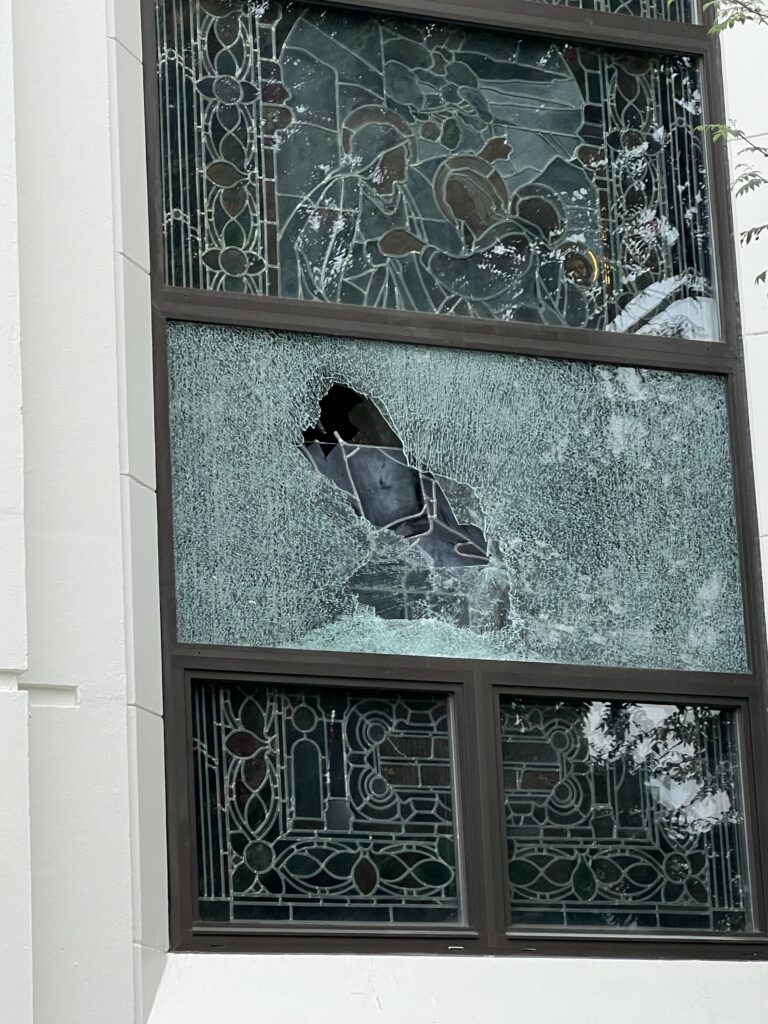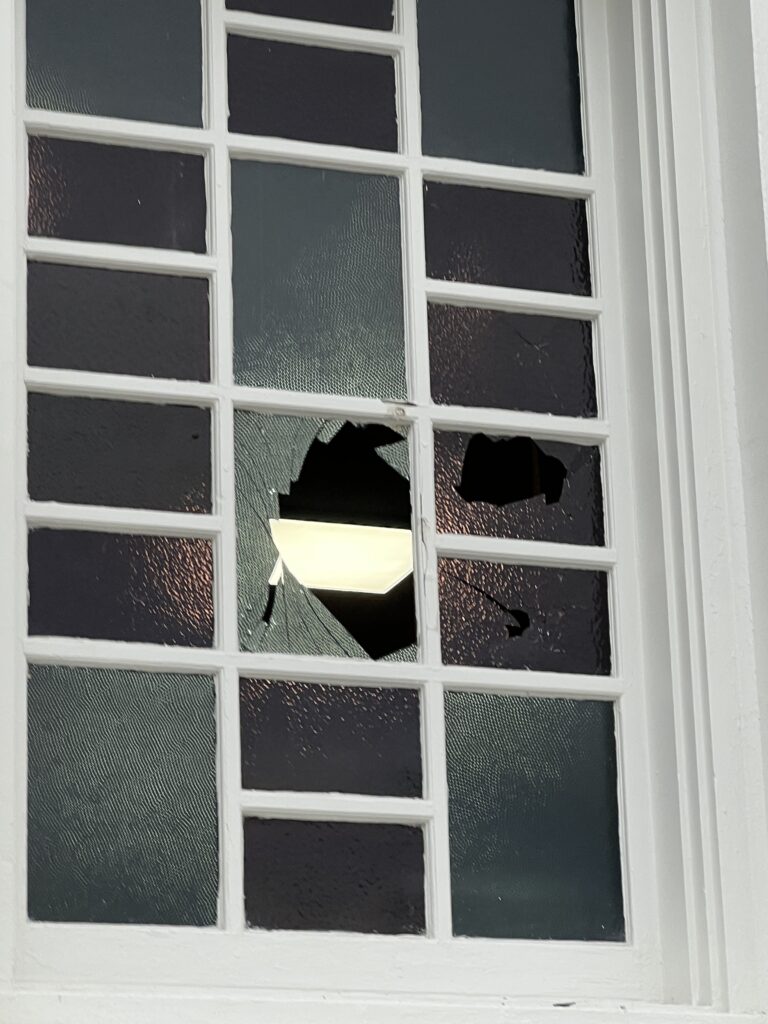By JON FAULKNER
On the eve of Trump-Putin talks, what can we glean from Tucker Carlson’s interview with the Russian President? Dismissed by some as self promotion, the interview helps us understand the man, his view of history and the conflict—and Trump’s opportunity to change the world.
Putin presents a Russian-centric version of history, but he can’t sell one idea to the world and another to his countrymen—especially one wholely divorced from reality. Putin’s purpose is unification and his interview is calculated to unify the Russian and Ukrainian people by romanticizing their shared heritage and posing as the only deterrent against expansionist forces surrounding them.
Americans should perceive Ukraine’s war as a sectional conflict with parallels to our own Civil War. History rarely repeats itself in a precise replay, but is instructional. If Putin’s words and actions align and are viewed in the context of preserving his country–more so than Communist party power—then possibly Trump is at the threshold of global change.
During the Civil War, Abraham Lincoln was reviled by the South. The philosophies that divided our nation were as irreconcilable as Communism and Democracy. Separatism and sovereignty, as in Ukraine, were the only perceived remedies to our southern states. But the South’s industrial capacity was inadequate to ensure its viability as a separate nation. Ethnically and culturally, as with Russia, the U.S. was extremely diverse. Prolonged war, death and destruction ensued on an unimaginable scale, pitting neighbor against neighbor. Intense force, not from a foreign invader but from within, was applied to both break us apart, and to keep us together as a nation—as with Ukraine today. And yet from the ashes of our war-torn country emerged a stronger, more unified nation.
What Americans on both sides of our Civil War fought and died for was a higher purpose— in the North’s case a moral one sustained by lasting principles such as freedom and equality. In the Ukraine conflict, these principles are expressed as national unity fueled by Communist ideology on the one hand, and democracy and self-determination on the other.
Throughout history, when U.S. foreign policy is divided along partisan lines, Americans have squandered opportunities for peace. Where we are united in a clear cause, we produce miracles. FDR crafted consensus from a keen sense of history; Reagan did; Trump can today.
If freedom is the cause and progress toward true democracy in Russia is Trump’s demand, it’s conceivable that Communism might, like slavery, be relegated to the ash heap of history.
The answer to this conflict, therefore, may be through unity, not separatism; through peace and not war; through autonomy for Ukraine within a protective–but progressively democratic–Russian state. The Russian people are ready for change. And rather than forever being a pawn in a two-fronted battle between warring ideologies, Ukraine can become that spark, that burning ember of light that shines a light from within a Russian nation of great people, who have tasted freedom. All Ukraine needs is a George Washington.
Before dismissing this as fantasy, note how far freedom has advanced under Perestroika. There is no turning back. Consider the possibility that fear of invasion—not the spread of Communist ideology—is the dominant driver of Russian foreign policy. President Kennedy noted our “mutual abhorrence of war” in his “Strategy of Peace” speech in 1963 and called for a re-examination of our nation’s views toward cold-war Russia. Some believe this initiative cost JFK his life.
Strong leadership and national defense is the best antidote to foreign invasion, and since WW II, the Communist party has been the Russian people’s only hope. If Trump can replace the hope of Communism with the hope America has delivered to its people, anything is possible.
Historically, Russia has been among the most war-ravaged regions on earth; it bore the brunt of Nazi atrocities in WW II, losing 2/3 of its manufacturing capacity and 20 million people. When Putin invokes Neo-Nazi rhetoric, he is speaking for an entire country who suffered unimaginable horrors by an expansionist ideology based on racial superiority. Americans fought as Russia’s allies against this evil. Today, what is needed are security assurances as Russia transitions to a freer country and legitimate party opposition.
What if the average Russian today does not perceive Communism as a moral principal worth dying for? What if Russians see the march of human progress and feel left behind? The Communist party has been effective at building and retaining enough power to repel foreign invasion, which is the over-arching purpose of every government. But what if security for the Russian people could be guaranteed in another way? What if Russia fundamentally trusts the U.S. even as they remain wary of Germany and NATO? If these are true, we cannot squander this opportunity. Our own Civil War, for all its ugliness, provides a roadmap to what the human spirit, aided no doubt by divine providence, can achieve.
America’s effectiveness in managing ethnic conflicts and border disputes in eastern Europe historically has been spotty. U.S. isolationism in 1917 and 1936 was ineffective in containing global agression, and the failure of President Wilson’s League of Nations exposed at that time our nation’s indifference to global policing. Arguably, the Marshall Plan stoked Russia’s fear that expansion minded Germany would survive and form an alliance with the U.S. In modern times, Presidential elections have produced dramatic flip-flops in foreigh policy. Thus, Russia may not perceive us as a reliable deterrant to aggression. Their distrust of NATO as lacking consistent and principled leadership is not irrational. Trump can bridge this distrust. Putin’s statement that “The West promised Russia that NATO would not expand eastward” may be unsubstantiated but is less revealing than the fact that Ukraine itself has never formally sought NATO membership.
While Putin’s assertion that “The fight is against Ukrainian neo-Nazism” is theatrics, it re-directs Russian and Ukrainian ire toward a perceived NATO-sponsored expansionism. Trump shares some of Putin’s skepticism on this topic and on the origins of Ukraine’s 2014 revolution and the sources of global interference in Ukrainian elections. He is no stranger to the underbelly of free elections and opposition politics that have plagued Ukraine.
Ukraine is above all resilient, having survived mass-scale suffering and suppression of human rights since at least the collapse of the Romanov Empire in 1917. Lenin immediately set about quashing independence movements in ethnically defined states, including Ukraine, Belarus, Moldavia, Poland, and Lithuania. Under Soviet rule, Stalin’s nationalism imposed absolute control over everything: free speech, opposition politics, even expressions of love for the medieval Ukrainian state of Kievan Rusi’ and its language. Russian pride over collective suffering, however, is yielding to a new expectation of freedom and prosperity.
Putin’s reality is that he is killing his countrymen in a civil war that he can never entirely win. To most Russians, even victory is Pyrrhic, more likely to create lasting division and to split the country asunder. Zelensky’s problem is that he’s broke, and no country wants to finance an intermidable war with every prospect of escalating. Victory is equally hollow for Ukraine, through diminished free trade, border security and travel with Russia.
A more global reality is that democracy is messy and not esily transplanted. Building a free nation is complicated and dynamic– sudden and slow. But it is morally justified when accomplished of, by and for the people. However, our own history must admit that force was decisive in overcoming a great evil and holding our union together. In a similar way, Communism is an evil both holding the Russian people togethe and driving them apart.
Interestingly, Putin admits that “There’s a kind of civil war in Ukraine because Russians are shooting Russians. Ninty-percent of Ukrainians have Russian as their native language, and the culture of Russians and Ukrainians is common”. While not completely true, this statement seeks to portray the war as an internal conflict, not a global one. Outside political interference is the real cause—not the Russian and Ukrainian people. Putin needs Trump to forge a path through civil war.
Zelensky’s pro-democracy support rests largely on the principle of self-determination. Jeffersonian democracy and its roots in state sovereignty was the South’s validation on the eve of the Civil War. And yet, the federal compact implicit in the Constitution was binding upon the President, who held the advantage in armaments and manufacturing. Today, in Ukraine, that advantage is Putin’s, and his validation—his equivalent to our federal compact—is the Communist Party platform.
But Putin’s national purpose—Communism—is tenuous, always teetering on the brink of collapse. When Putin states that “Russia carefully treated the culture and religion of the nations that unified with the Russian Empire”, he is engaging in known deception, but perhaps signaling the basis for unification under a new policy. As Dylan wrote, he doesn’t need a weatherman to know which way the wind blows. Putin knows that Russians long to be free.
We are witnessing in Ukraine today the arc of history, and the last gasp of a neighboring and great nation carved from diversity, forged into union by force, and sustained for 100 years by hope, but a false one—Communism. Putin’s interview may help lead his country out of civil war, and toward a stronger, brighter future—just as Lincoln did. And that future, with Ukraine as flag bearer, may look more like America than we now think possible. Trump thinks it’s possible, and may be the leader the world needs to make it so.
The author is majority owner of Alaska Gold Communications, the parent company of Must Read Alaska.

